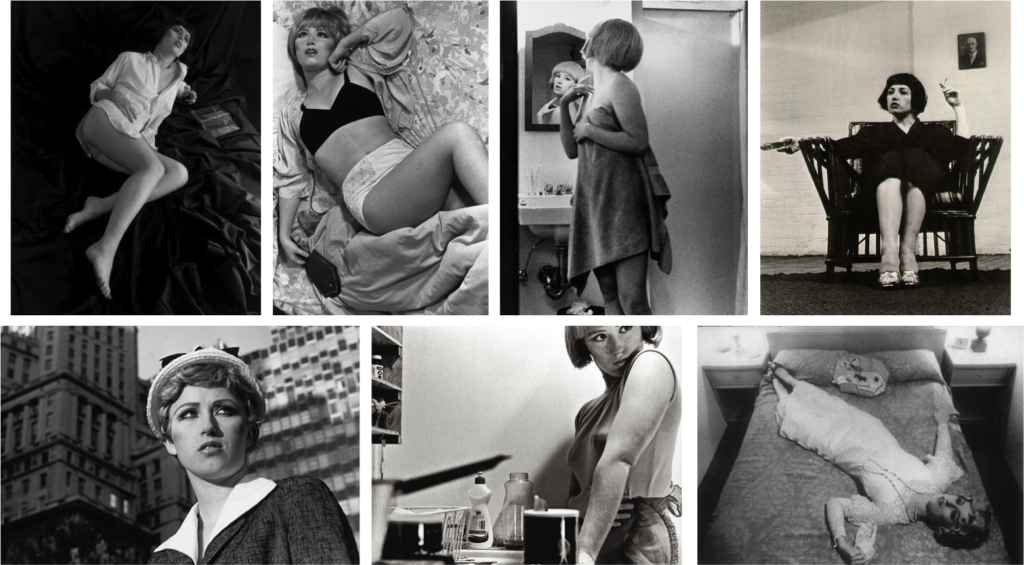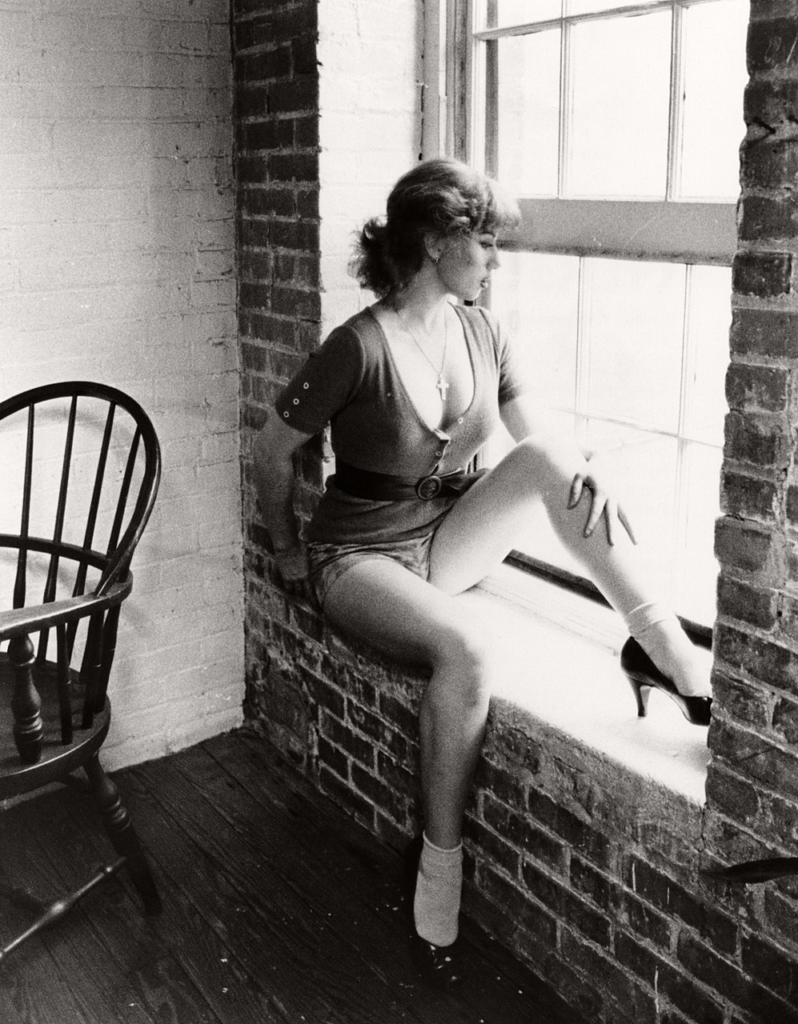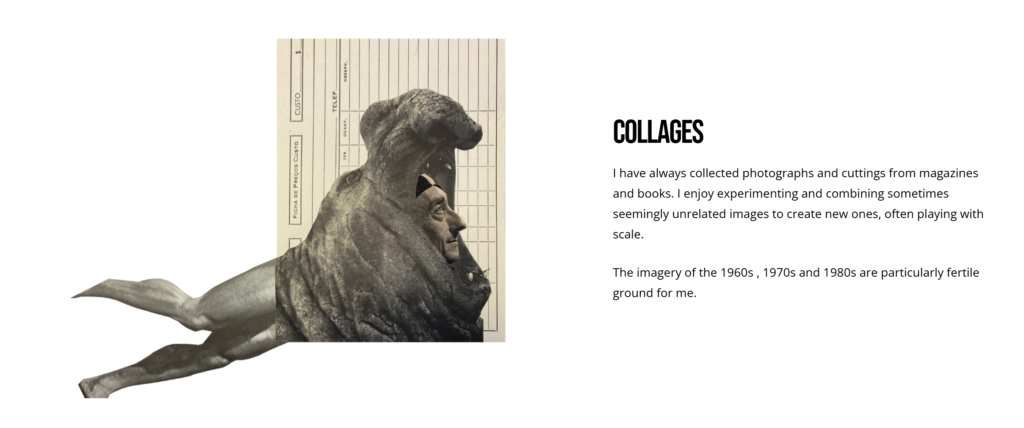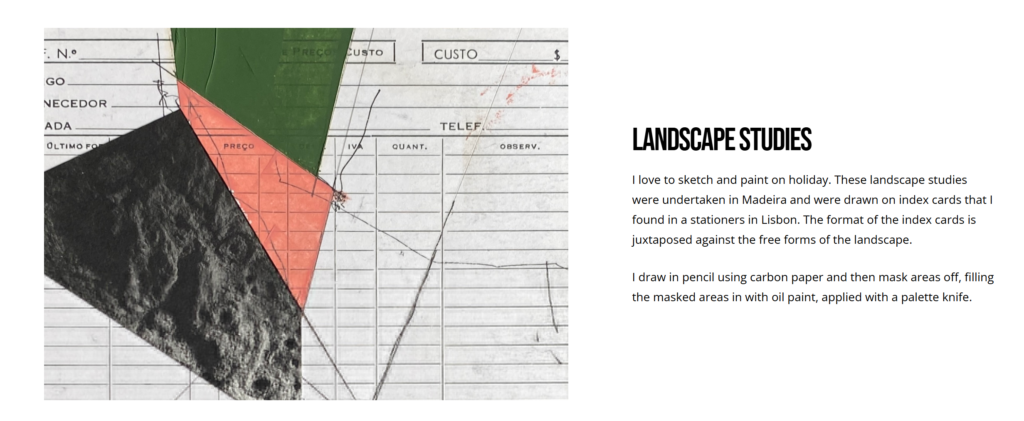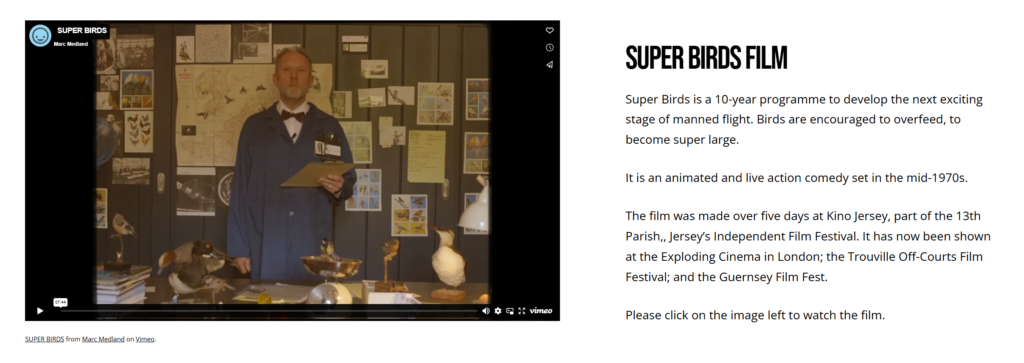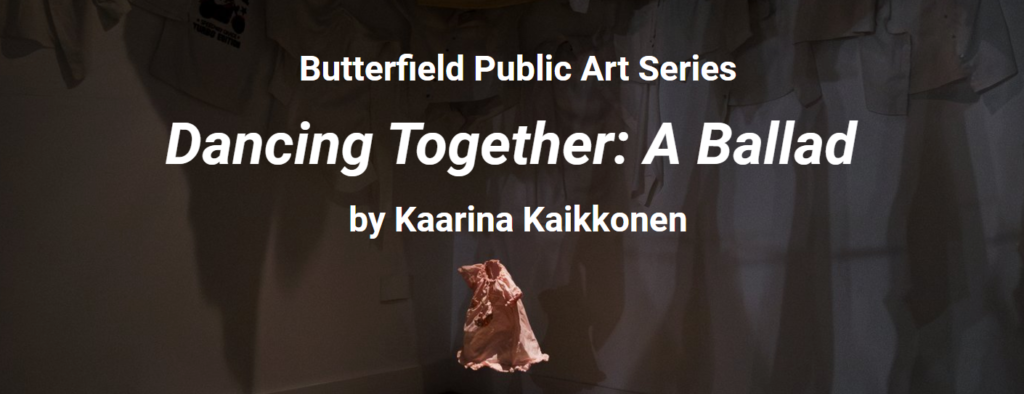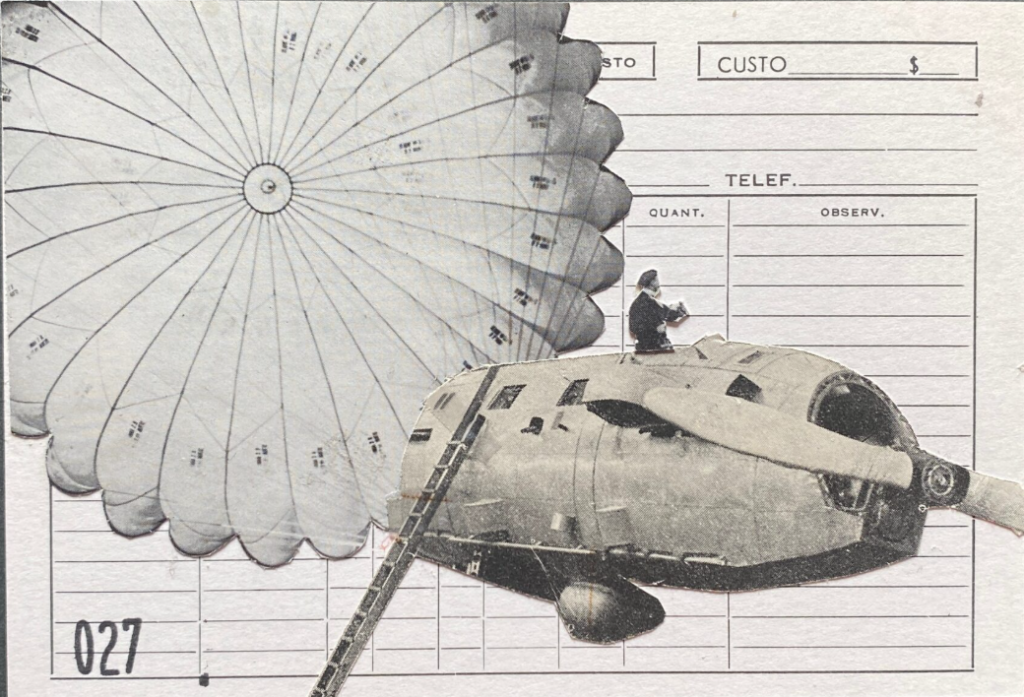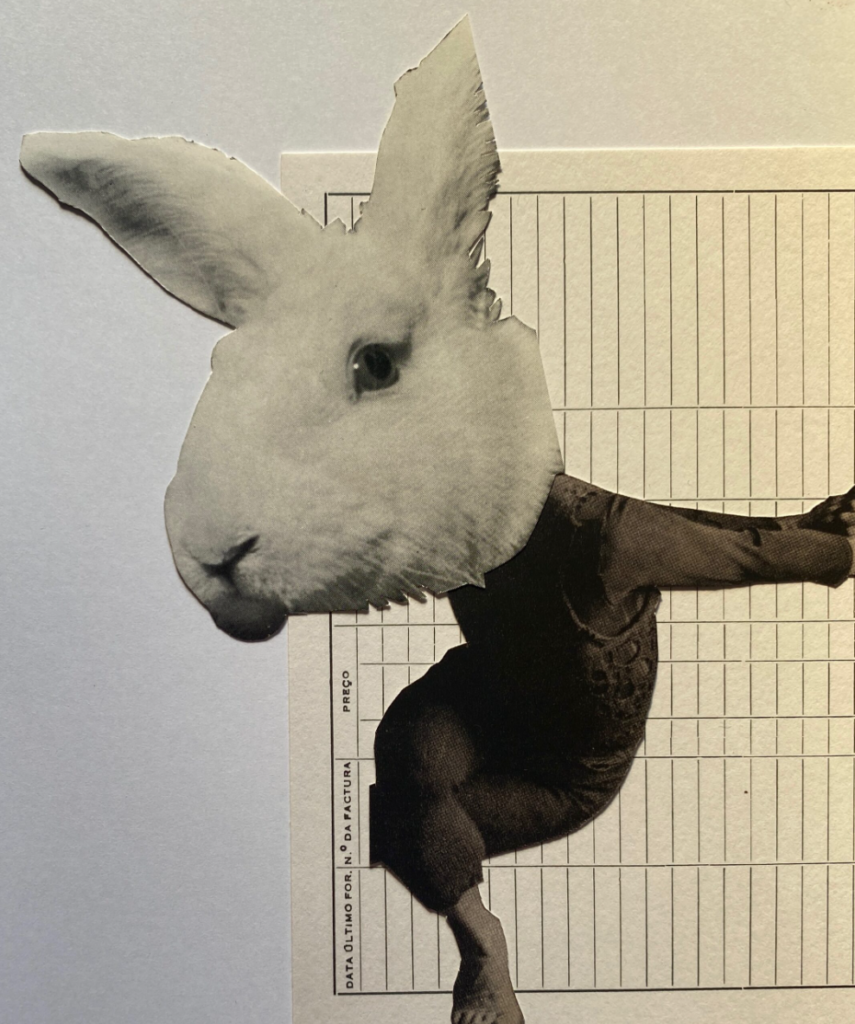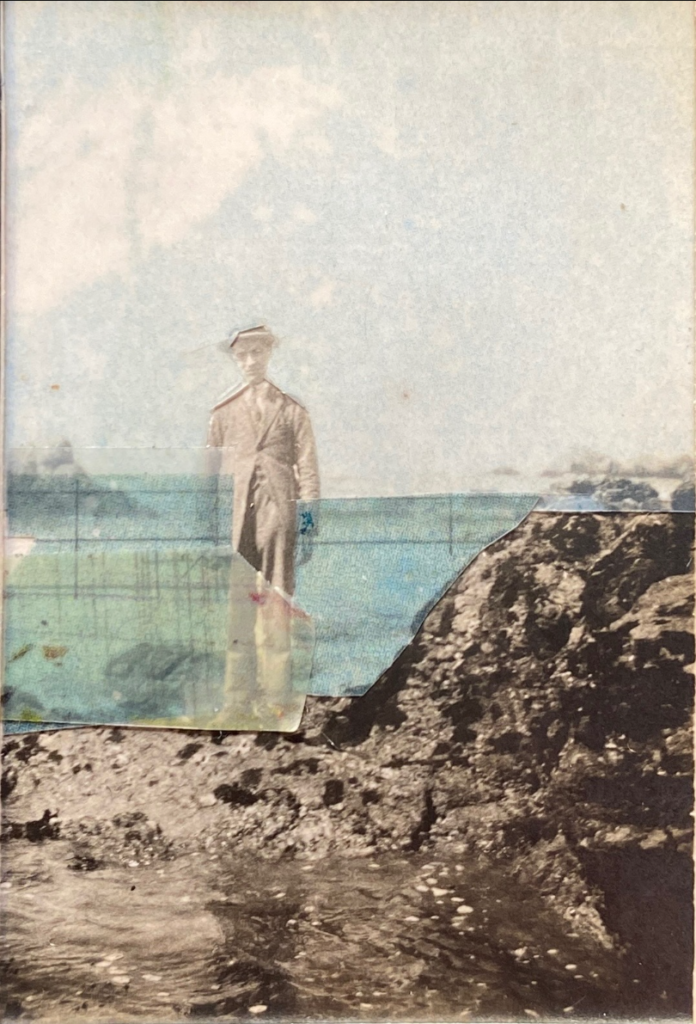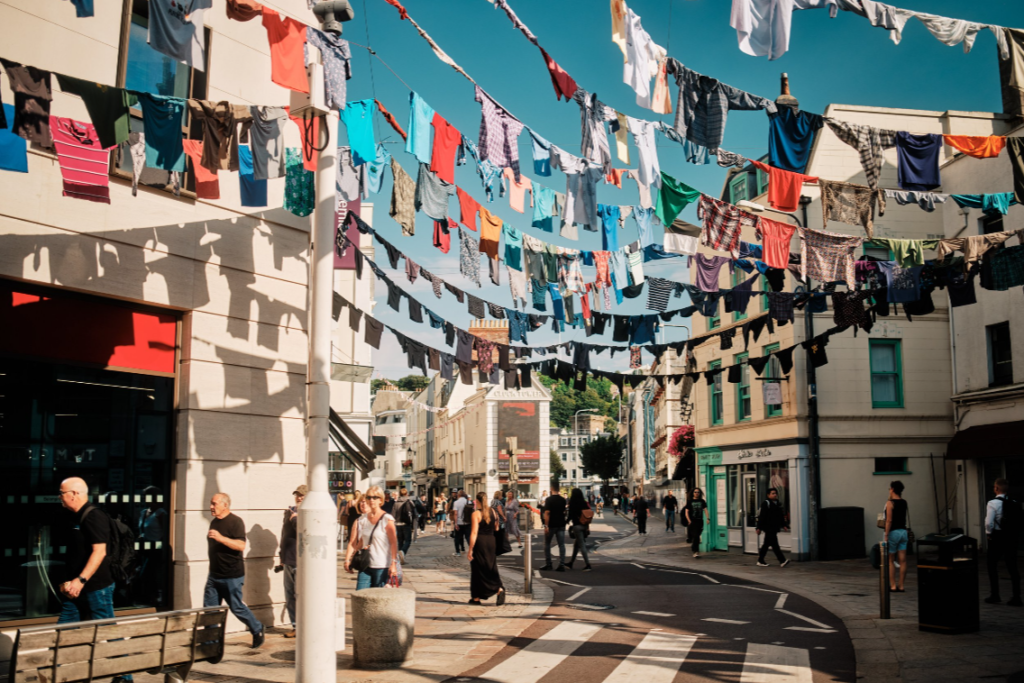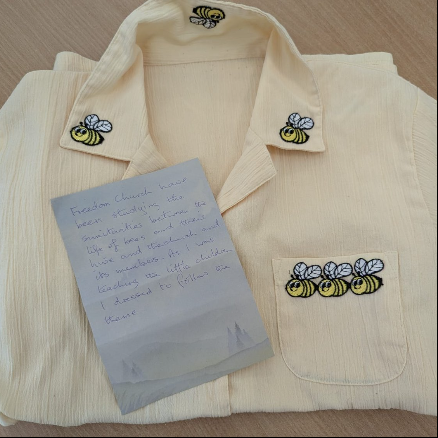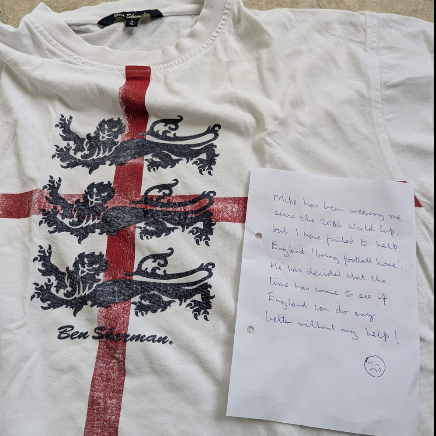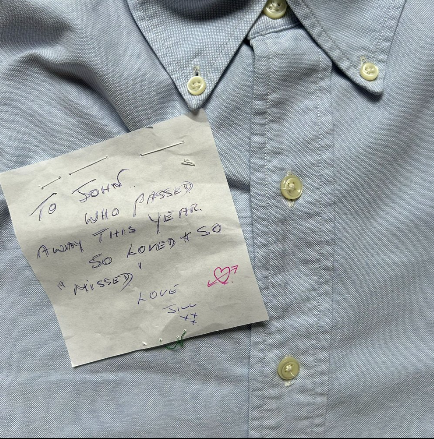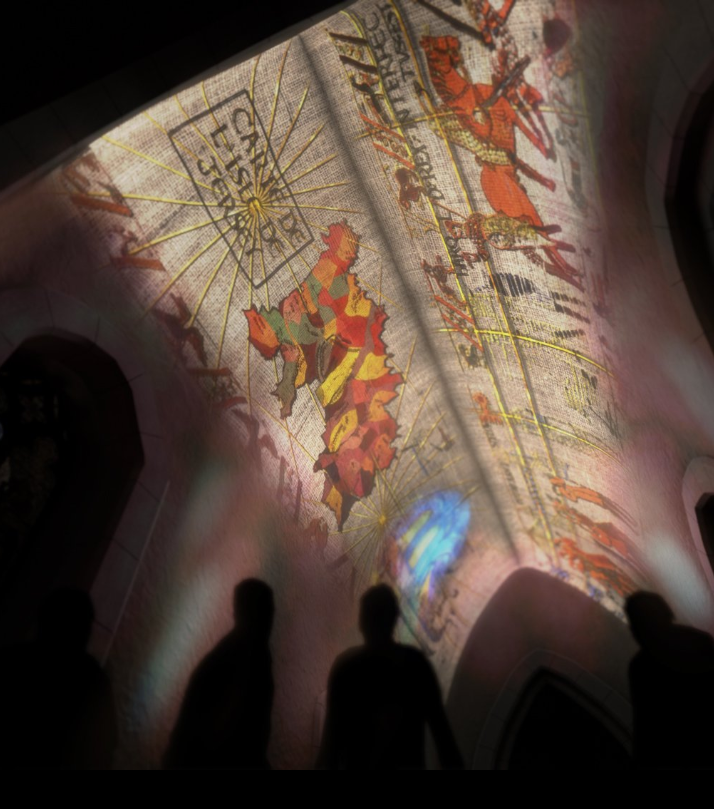Photoshoot 1- Gender stereotypes of teenagers
For this photoshoot, I want to take photos in a natural environment of the individual/individuals who are being photographed as this will further show stereotypes within teenagers as it shows where they are and what they do. I could also use the studio for these images as well.
I want to restage a photoshoot that I conducted in the femininity and masculinity project. This was a photoshoot which included my friend being the model and wearing her dance outfit and doing dance moves which I was able to capture on the camera. I want to redo this photoshoot again with her wearing a different dance outfit to show the difference in the photoshoots but also include some photos from the previous photoshoot as I really like those images. The location of these images will be in the studio. This is because I want to make use of the studio lighting and also explore using different colours on the lights as well. I also think these photos turned out well with a plain background instead of an environment such as a dance studio
I also want to take photos that represent other things that are stereotypical to a specific gender out of the studio and in the environment of that person. eg a male on a football pitch, females doing make up, males looking at cars/ in cars etc. And also show the opposite.
The editing process and the format of my photos:
apart from editing the quality of these images, I want to keep these photos fairly natural without any further editing such as AI so that I can show a good representation of teenage stereotypes. However, I may need to use AI if I am unable to show the stereotype with just the image on its own. Some of the images that I take in the studio I might edit further such as colour splash or layering to make the photo more interesting to the viewer.
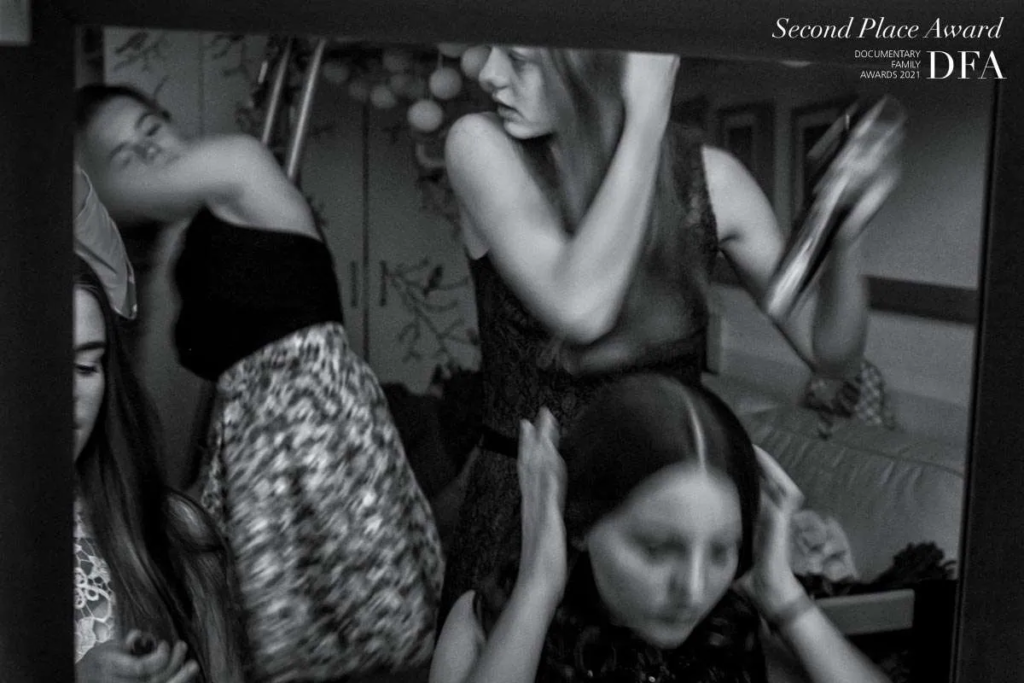
Photoshoot 2– Exploring stereotypes over generations
This photoshoot will focus on older photographs from photobooks which will then be restaged. This explores generations and how thing have changed overtime. I will ask my Nan if I could look at photo albums of her and also of my mum.
The location of these photoshoots will generally only be in the studio as the restaging can’t be in the same place as the older photos as they will all be based in the UK.
I am not planning to use myself as the model in the restage photoshoot, instead I will use my friend. This still works as it still will represent my generation as she is the same age.
Things that ill focus on in the photographs:
- Changes in women clothing
- Changes in camera quality
- Changes in how women pose for photos
- Black and white vs colour
The editing process and the format of my photos:
The old photos will stay in their original form as the camera quality in the photos will reflect the generation that its from. I will keep some of my own photos in colour and some in black and white. I am also going to keep some of the photo album photos as a main image and possibly use AI to change it into my own.



